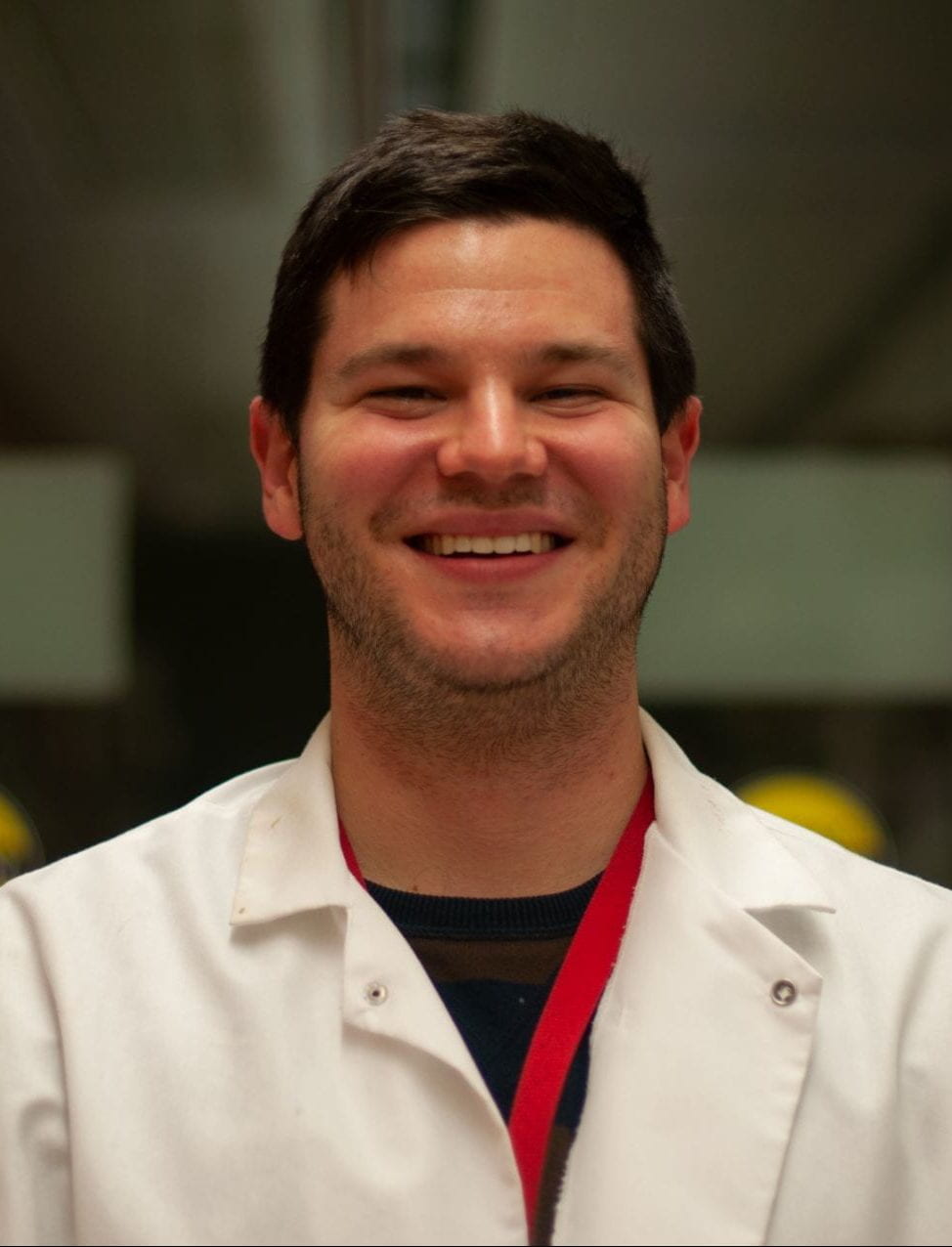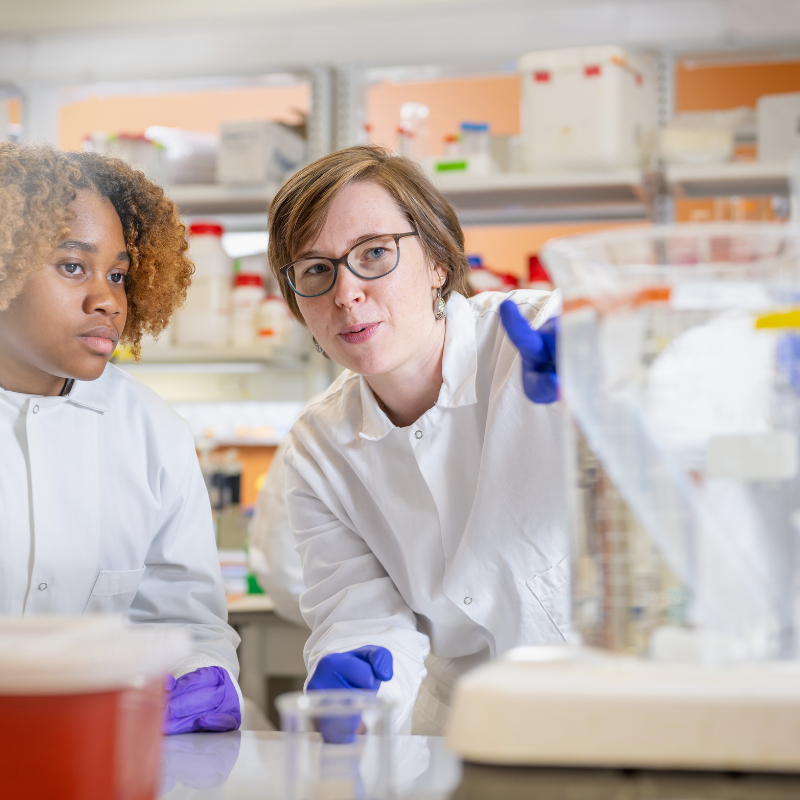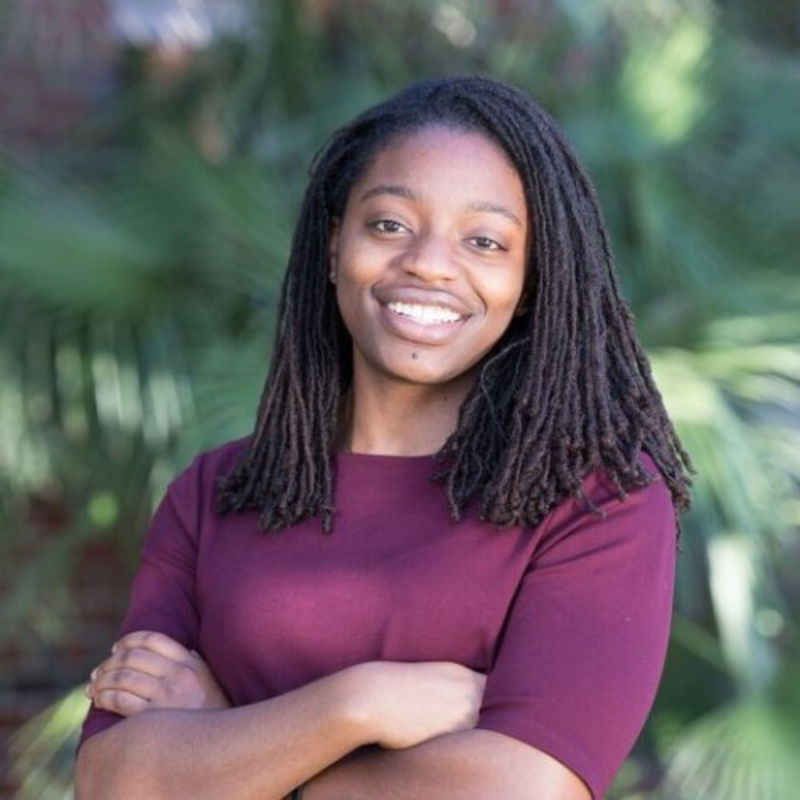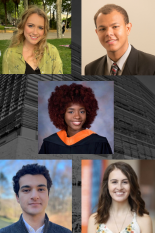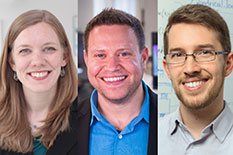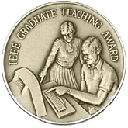News Story
Mirdamadi Wins First Prize at Translational Research Competition
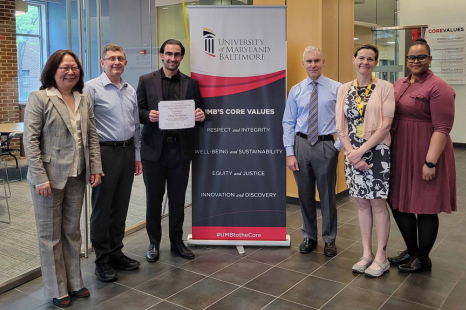
Eman Mirdamadi, a Ph.D. candidate in the University of Maryland (UMD) Fischell Department of Bioengineering (BIOE) and the University of Maryland, Baltimore School of Dentistry (UMSOD), recently received first place at the 16th Annual Graduate Translational Research (GTR) Competition, which took place at the annual Graduate Research Conference at the SMC Campus Center in Baltimore on Friday, April 12. The GTR Competition supports the mission of University of Maryland (UM) Ventures to translate fundamental research findings into practical applications.
Mirdamadi researches under the guidance of BIOE Professor Tao Lowe—who holds joint appointments at UMD and UMSOD—in the Biomaterials for Translational Research Laboratory studying regenerative medicine. This partnership allows Mirdamadi to work closely with Lowe in her labs across both UMB and UMD campuses. This collaborative and interdisciplinary environment has been crucial for advancing Mirdamadi's innovative research.
“It's truly an honor to have been awarded this prize and represent the potential of successful future collaborations that can happen between College Park and Baltimore's campuses,” Mirdamadi says.
Mirdamadi's award-winning project focuses on developing regenerative implants for large bone defects that cannot heal on their own. These critical-sized bone defects typically require expensive and complicated surgeries with high rates of post-operative complications. By utilizing low-cost 3D printing and nanotechnology, Mirdamadi's team is working to create a more effective and scalable solution. Their approach involves 3D printing complex bone implant geometries using safe, biodegradable materials and incorporating nanotechnology to deliver drugs effectively. This method has shown promising results in preclinical rodent models.
The project has received funding support from the Maryland Stem Cell Research Fund (MSCRF), with Dr. Lowe as the principal investigator. After establishing the 3D printing method, the team enhanced the regenerative function using the Lowe Lab’s nanotechnology platform, leading to a promising solution.
“Looking forward, I would like to see this project move in a direction where we can print our hybrid material to fit patient-specific defects and implant our construct-nanotech hybrids in craniofacial or long bone defects clinically,” Mirdamadi says.
The partnership between the UMD and the University of Maryland, Balitmore (UMB) has fostered a variety of joint research opportunities, allowing projects like Mirdamadi's to be possible. One of the ways this partnership has been strengthened is through the University of Maryland Strategic Partnership: MPowering the State (MPower). Since its launch in 2012, MPower has facilitated numerous projects that boost Maryland's innovation economy, promote interdisciplinary research, enhance educational opportunities, and address critical state issues. Mirdamadi’s research has benefited from the resources and support provided by the Fischell Institute for Biomedical Devices and the UM Ventures 3D Prototyping Lab.
“The collaboration between the joint resources of UMD and UMB helped build the foundation of our platform and validated the effectiveness of our engineered bone constructs from a translational standpoint,” Mirdamadi says. “Without our expert collaborators who work with animal models at UMB and engineers at UMD, it would have been more challenging to build a seamless and effective platform to fabricate our regenerative bone implants.”
Published July 3, 2024
